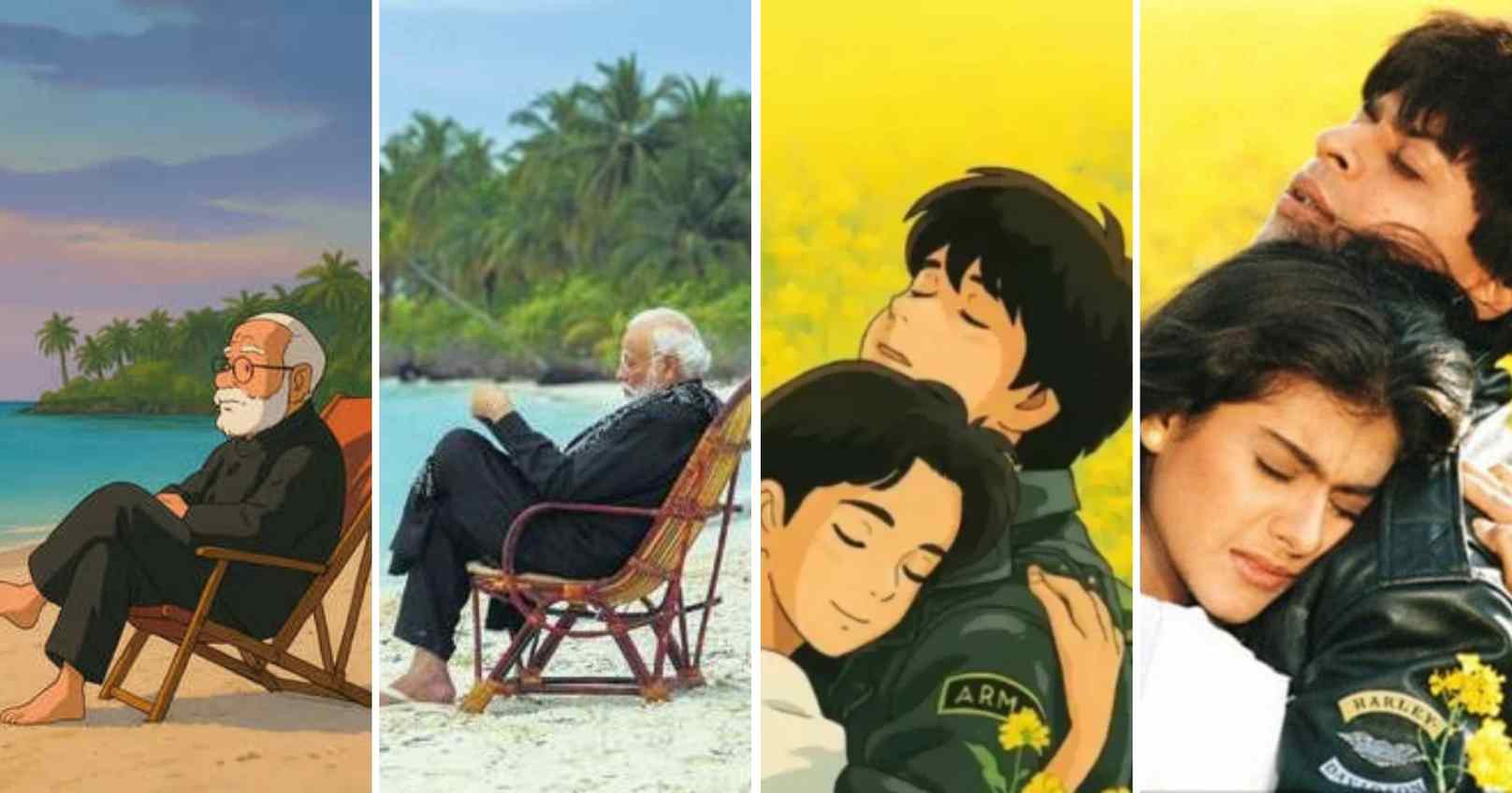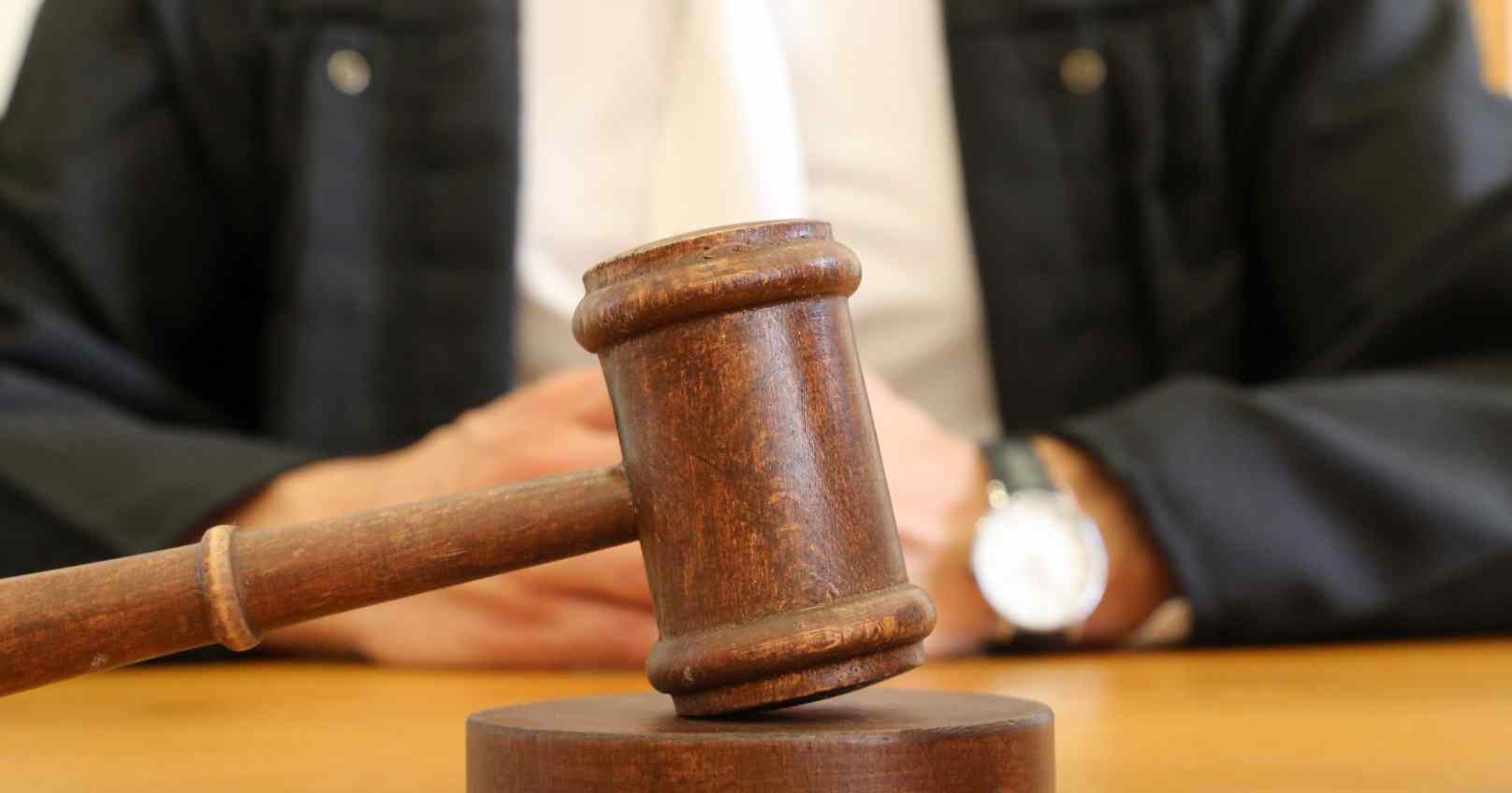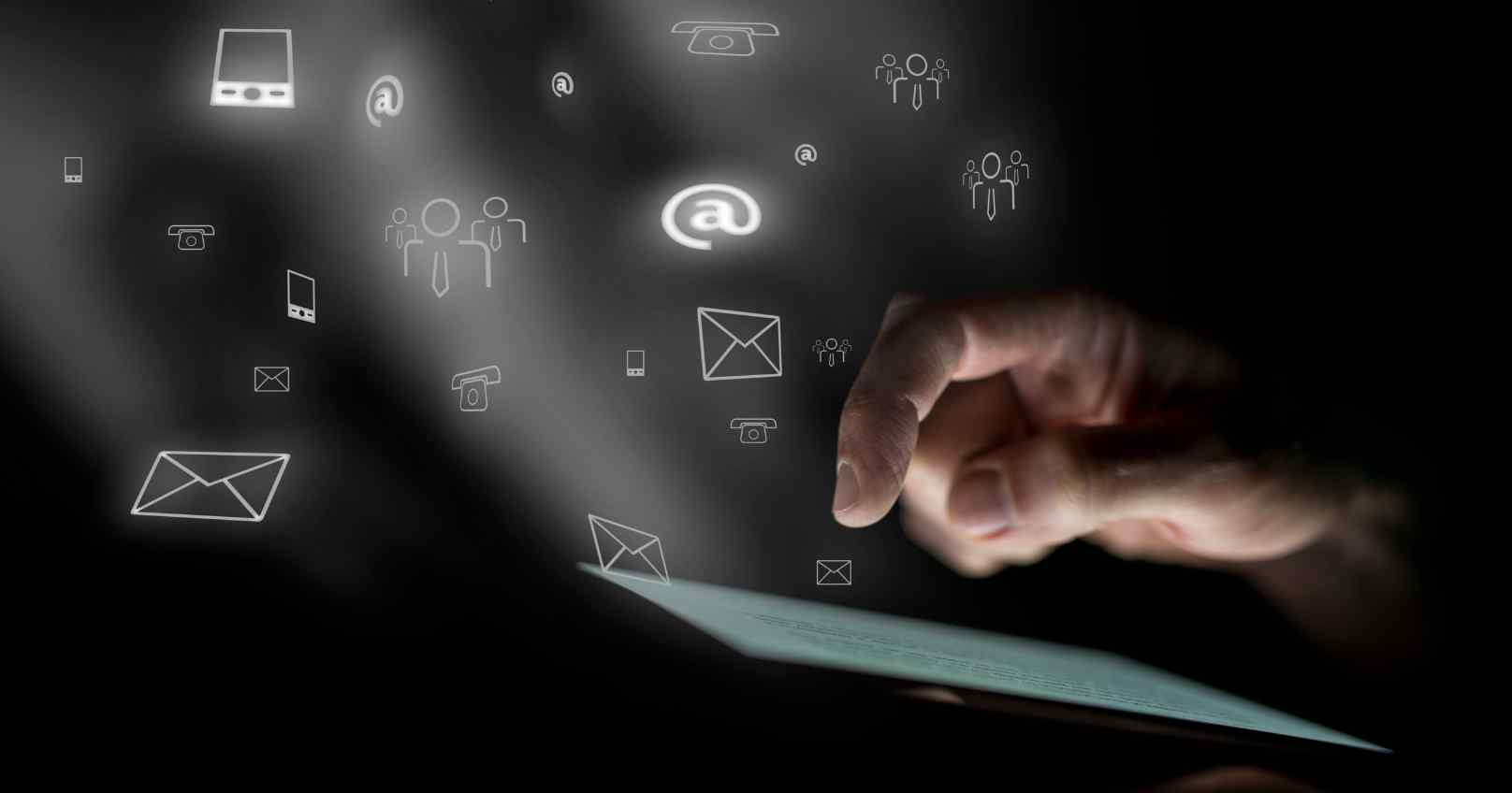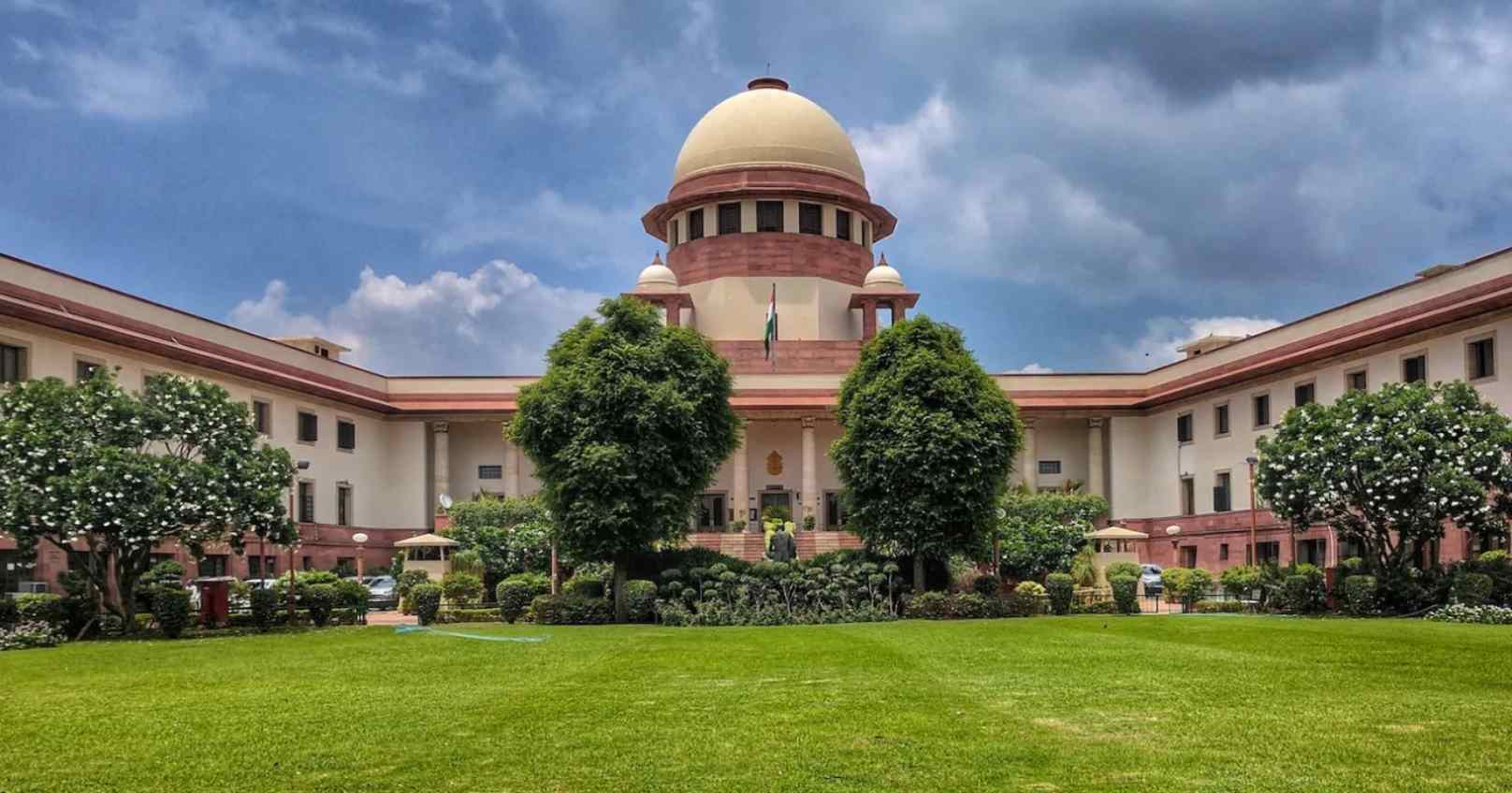"I am utterly disgusted. I would never wish to incorporate this technology into my work at all. I strongly feel that this is an insult to life itself. I feel like we are nearing the end of times. We humans are losing faith in ourselves." - Hayao Miyazaki
INTRODUCTION
The emergence of artificial intelligence in the realm of art has transformed creative production, enabling users—artists and non-artists alike—to generate visually compelling artworks through machine learning models. Among the most debated examples is OpenAI’s introduction of a feature in ChatGPT-4o that transforms photographs into illustrations resembling the distinctive style of Studio Ghibli, the renowned Japanese animation studio co-founded by Hayao Miyazaki, Isao Takahata, and Toshio Suzuki. While this tool has captivated social media platforms and gained endorsements from celebrities like Elon Musk, it also raises serious legal and ethical concerns surrounding copyright, authorship, and artistic ownership.
THE MODERN DAY INNOVATION: ARTIFICIAL INTELLIGENCE POWERED ART
AI-generated art is typically created through machine learning models trained on extensive datasets of existing artwork. These models learn to mimic artistic styles by analyzing patterns, brushstrokes, compositions, and color palettes. Text-to-image models such as DALL·E, Mid journey, and FLUX-1 exemplify this innovation by producing visual content based on textual prompts. The Studio Ghibli-style generation tool, often referred to as “Ghiblification,” allows users to convert ordinary photographs into illustrations that emulate the soft, dreamlike aesthetic Ghibli is famous for. This process democratizes access to visual creativity but also blurs the lines between originality and imitation.
THE STUDIO GHIBLI TREND: ETHOS AND CONCERNS
Studio Ghibli is globally recognized for its hand-drawn animation and deeply expressive narratives. Hayao Miyazaki, in particular, has been a vocal critic of AI-generated art. In a widely circulated interview, he condemned such technology as lacking a human soul, referring to AI-generated art as “an insult to life itself.” His criticism stems from a belief that the artistic process involves emotional depth and creative struggle, which machines inherently lack. These views spotlight the philosophical dilemmas posed by AI in creative fields and underline the potential erosion of artistic integrity when technology mimics established styles without consent or context.
COPYRIGHT AND OWNERSHIP: FUNDAMENTAL CONCERNS
Copyright law is fundamentally designed to protect original expressions of ideas—not the ideas or styles themselves. According to the U.S. Copyright Act and supported by precedent such as Google LLC v. Oracle America, Inc., 593 U.S. 1 (2021), copyright cannot be extended to “ideas, procedures, processes, systems, methods of operation, concepts, principles, or discoveries.” Therefore, while specific Ghibli characters, films, and scenes are protected, the broader aesthetic style is not. This limitation creates a legal gray area, particularly when AI tools replicate an identifiable style without reproducing exact content. However, issues arise when AI models are trained on copyrighted works without explicit permission. If Studio Ghibli’s copyrighted illustrations were part of the dataset, this could potentially violate Section 106 of the U.S. Copyright Act, which grants creators exclusive rights to reproduction and derivative works. As OpenAI has not publicly disclosed its training datasets, it remains speculative but concerning that copyrighted Ghibli works may have been used without authorization.
AI BASED THREATS TO MODERN DAY ARTISTIC WORK
An important concern which is to be addressed here through this piece is the issue of privacy and the dilusion of the authenticity and integrity of the original artistic work. Notably, the images generated with the help and assistance of Artificial Intelligence (AI) may not depict the image with a perfect cultural background or context. In the same line, it is also true that the widespread use of AI- Powered Ghibli images has completely taken over the internet and the same has resulted in the saturation of digital platforms, ultimately resulting in difficulty to differentiate between the original work by ghibli studio and, the AI generated artwork. The foremost stakeholders who are exposed to Privacy risks also extend to the users who generate or share AI created Ghibli Art. The same is because of the fact that almost all the AI related platforms, systematically collect and also store the user data which may include but is not limited to uploaded images, personal details and also generation preferences. Furthermore there is always a risk of data and information being sold to third party without specific consent being taken by the involved stakeholders. This poses threats and concerns regarding data security and particularly in the case where the ‘Personally Identifiable Information’ (PII) is generally included in the generated artworks.
Also, AI powered systems, can, at times, produce almost similar replications of the data which has been used for their training increasing the possibilities of a potential data leakages and also the possibility of ‘function creep’ can never be ruled out.
FAIR USE AND PUBLIC ACCESSIBILITY: THE MORAL RESPONSIBILITY?
A common defense for AI-generated art relies on the idea that publicly accessible images are fair game for training models. Yet, legal experts caution that “publicly available” does not equate to “free to use.” Copyright law still applies to images available on the internet unless they are explicitly in the public domain. This distinction is crucial in addressing the legitimacy of datasets used to train AI.
The U.S. fair use doctrine permits limited use of copyrighted materials without permission for purposes like commentary, education, and parody. Whether AI training falls under fair use is an open question. Courts have yet to provide clear guidance on whether feeding copyrighted works into AI models for style replication constitutes a lawful use or an infringement.
ETHICAL IMPLICATIONS AND ARTIST CENTRIC RIGHTS
Beyond legality, the ethical considerations of AI-generated art have also sparked debate. Artists like Karla Ortiz have criticized AI tools for exploiting the branding and unique styles of creators without consent, potentially leading to brand dilution. When consumers can easily produce Studio Ghibli-style art using AI, the exclusivity and emotional impact of the studio’s original work may be diminished. Some Steps which can be taken legally to preserve the authenticity are:
- Introducing licensing mechanisms requiring AI developers to seek permission before using copyrighted content in training datasets.
- Recognizing artists' contributions in shaping AI-generated content and compensating them accordingly.
- Expanding moral rights protections, particularly in jurisdictions where such rights are limited.
POLICY GAPS AND THE WAY FORWARD
Most copyright laws, both domestically and internationally (such as under the Berne Convention and the DMCA), were not crafted with AI-generated works in mind. As a result, current legal tools are insufficient to address issues surrounding derivative works generated by algorithms. Although OpenAI has implemented restrictions on mimicking the styles of living artists, studio-level styles like that of Ghibli remain permitted, creating a loophole that many view as exploitative. Given the complexity of these issues, there is a growing consensus among scholars, artists, and legal professionals that a multi-stakeholder approach is essential. Collaboration between AI developers, copyright holders, policymakers, and legal scholars is needed to ensure a fair and sustainable framework for the future of creative AI specifically in the artistic domain.
CONCLUSION
AI-generated art, in the contemporary times, present significant legal and ethical challenges. There exist significant risks to the user and stakeholder privacy violation and also the fading away of the original artistic creativity. Presently, the current legal framework does not sufficiently protect against style-based replication, leaving artists vulnerable. Clearer guidelines, licensing structures, and stronger moral rights protections are needed to safeguard artistic integrity. As the technology evolves, so too must our understanding of ownership, authorship, and creative expression in the age of artificial intelligence.
- Chandril Chattopadhyay is an Advocate. Rajat Shandilya is a PhD Scholar (Law) at Symbiosis Law School (SLS).
- Tisha Ghosh and Bishnupriya Biswas, undergraduate students at XLS, SXUK have worked as research assistants in this project.






